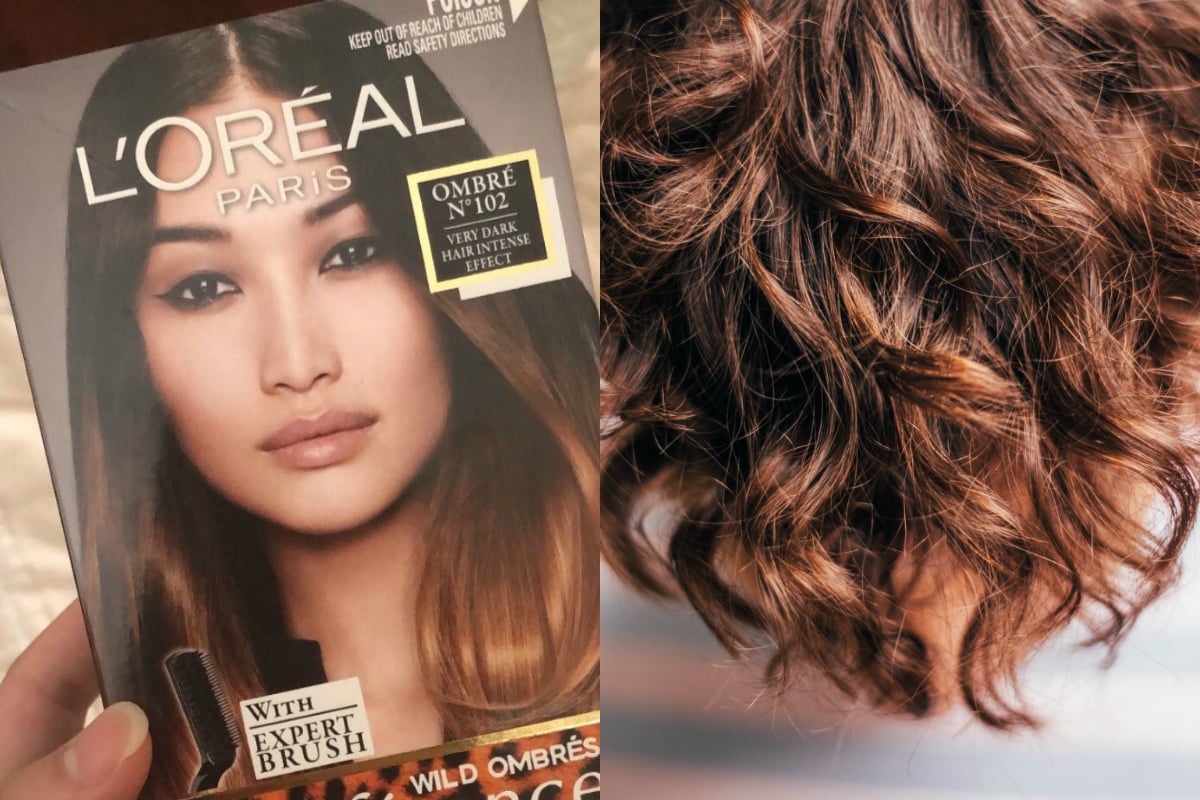
This post was originally published on March 25, 2020. It was updated on July 28, 2020.
When it comes to dyeing your hair, nothing beats having it done by a professional. But right now, for some people, it’s not an option.
As a result of social distancing and self-isolation measures put in place by the Australian Government to slow down the spread of COVID-19, some people are quarantining in their homes. In metropolitan Melbourne and the Mitchell Shire in Victoria, you can only leave your home for four reasons: shopping for food and supplies, care and caregiving, exercise, and study and work, if you can’t do it from home.
For small business owners and sole traders who provide us with luxuries like cutting and colouring our hair, it’s a devastating but necessary blow. It also means people will be looking to learn how to do small things like shaping eyebrows, removing shellac or SNS manicures and covering regrowth at home until it’s safe to book in an appointment at your favourite salon or clinic.
WATCH: Here’s how to do a braided upstyle, step-by-step. Post continues after video.
In the bigger picture of what our new ‘normal’ looks like, grown out roots and grey hairs don’t matter. But it’s also OK if they matter to you and you’d like to do something about them at home. The answer? The humble box dye.

Top Comments
Some great advice here. I reckon I'll be back to the box dye for a while, I'm due for a touch up, but that's out the window now (quite rightly)! Most of them are pretty easy to use, just follow the instructions. The L'Oreal ones are pretty good, I've used most of them in the past, although the conditioner they come with was pretty strongly scented, as I recall.